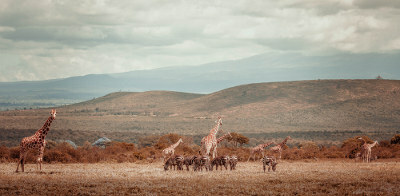Things around us and within us are constantly turning into other materials with color, flavor, shape, smell, physical state and other characteristics and properties fully many different. For example, the trunk of a tree can later turn to charcoal and ash. Another thing: have you ever noticed how a steel sponge used for washing dishes looks over time? That's right, it changes color, turning a brownish-orange hue, and then it shatters, that is, it rusts.
When the constitution of a material changes, becoming another material with different characteristics, we say that a chemical transformation, also called chemical reaction.
But don't confuse a simple change in physical state with a chemical transformation.For example, when liquid water is placed in the freezer, it turns to ice; but if we take the ice out of the fridge, what will happen? It will return to a liquid state! This means that ice has the same constitution as liquid water. There was no chemical reaction, but a physical transformation, its molecules simply getting closer together in the solid state and further apart in the liquid state.
In chemical reactions, the constituents of the starting materials that were bonded are separated and new bonds form, producing new materials.For example, in the case of a tree trunk that turns to coal and ash, this is because it reacts with the oxygen in the air in a burning reaction, also called combustion. Thus, its molecules are broken and rearranged, forming new molecules. These include carbon dioxide, carbon monoxide, water vapor, as well as coal and ash (both formed from the element carbon).
The steel sponge, on the other hand, is made mainly of iron metal, which reacts with water and oxygen in the air, rearranging itself and forming rust. The same is true for other materials made of iron, such as nails.

Chemical transformation of iron nails into rusty nails
So all chemical reactions have the starting materials, which are called reagents, and the final materials, which are called products:
REAGENTS → PRODUCTS
Examples:
Wood + Air Oxygen →Coal + Water Vapor
Iron + Oxygen in the air + Water (moisture in the air) → Rust
This type of representation of the chemical reaction is called a chemical equation.
To find out if a chemical reaction has occurred, just observe if any of the factors below occurred during the transformation:
* Release of some gas;
* Color change;
* Change in material texture, such as softening or hardening;
* Explosion;
* Appearance of any flame or luminosity;
* Formation of a solid different from the initial liquids.
These observed changes, most of the time, indicate the occurrence of the chemical reaction, but there are some exceptions, as is the case of water that turns to ice. There was a change in the texture of the material, but it remains the same, that is, water.
By Jennifer Fogaça
Graduated in Chemistry



